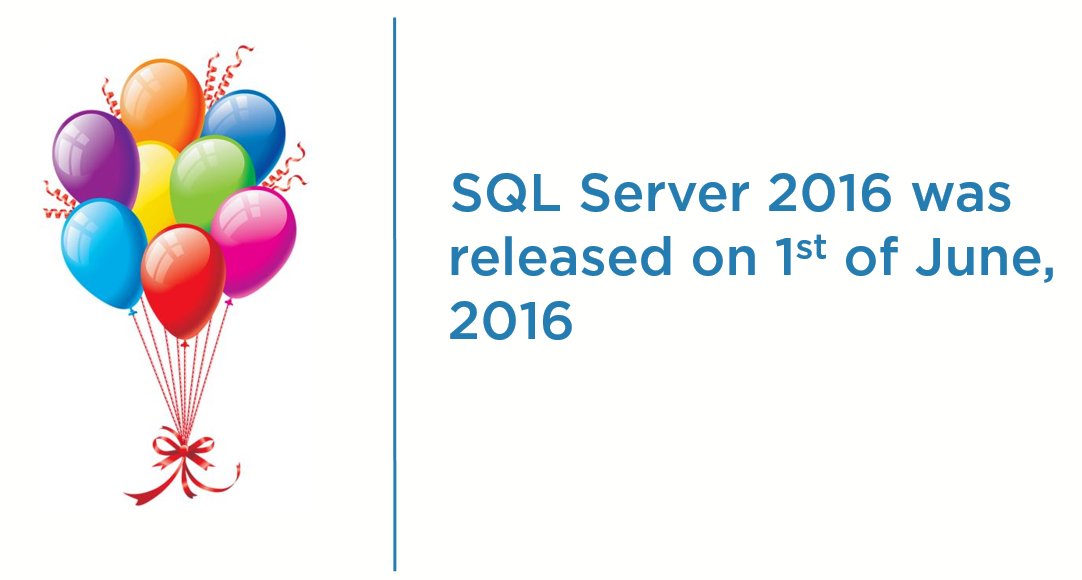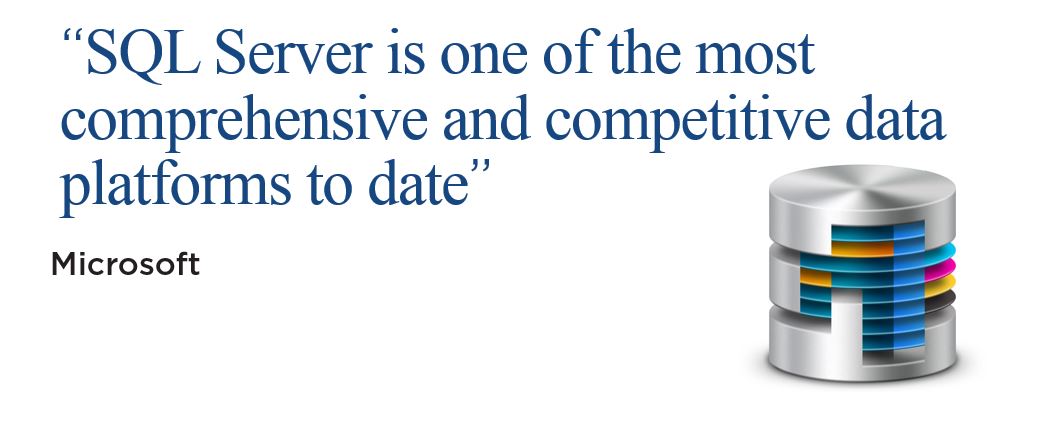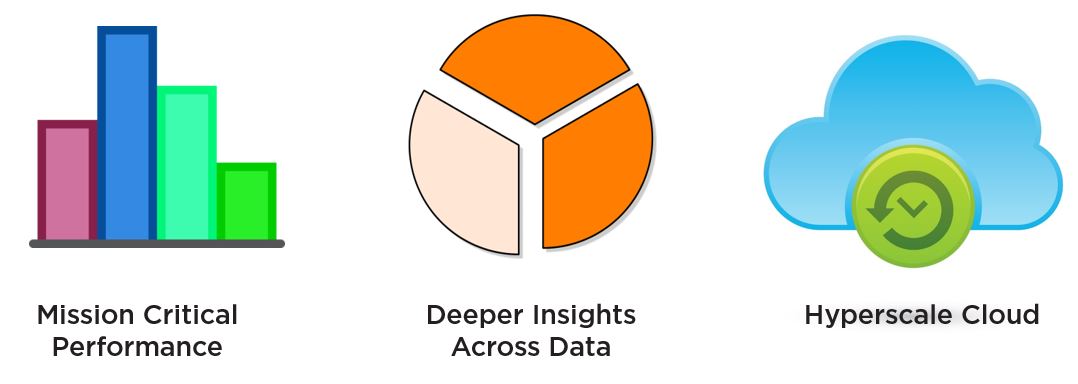
As most of you know, on the 1st of June, 2016, a new version of SQL Server was released. Obviously, it is called SQL Server 2016. And according to Microsoft, it’s supposed to be amazing.
Well, maybe it’s not the greatest thing we’ve ever seen, but it does bring a lot of new features that have been missed in SQL Server.
And it comes with a lot of improvements to the existing capabilities.
So, overall, I think it’s quite an interesting release. Why am I saying this?
Well, let me explain: we live in a world where data has exploded, all we can think about (as companies) is how to get more and more information from data. And while this is great, because information gives us a competitive advantage and we love that, some of the applications are not used to handling piles and piles of data.
Those were the days where you would work with tables that have only thousands of rows, instead of trillions, like they do now.
But, even if data is great and information from data is greater, there are some challenges that emerge from the data revolution.
Basically, now we need to keep in mind when we develop applications that:
- data comes in large quantities now
- and from different kinds of sources, that need to be integrated
- but in a secure way
- and also in a way that will allow us fast retrieval
- we want to analyze our data so that we make decisions
- and, of course, we want all these things as simple as it gets
Easy, right? 🙂
Well, it’s not easy. And the fact that SQL Server 2016 comes with some answers to most of the challenges I mentioned above, it makes it, like Microsoft says:

Let’s take a look what this release includes.
The 3 big categories of new features that SQL Server 2016 delivers are:

- breakthrough mission critical performance
- deeper insights across data on many devices
- and a suite of features that allow working with Microsoft Azure and SQL Server in a hybrid scenario
Mission critical performance
Included in the first category are:
- Query Store, a new feature that provides meaningful insights related to query plans and their performance. Also, it helps a lot with troubleshooting performance issues, by helping you quickly find performance differences caused by query plan changes.
- Live Query Statistics, allowing us to have a live overview of the query execution
- JSON support, helpful for parsing and storing JSON data formats as relational data and also the other way around, for exporting relational data to a JSON format
- Temporal tables, used to easily track historical data with minimal changes to an already existing table
- Also, great improvements related to security:
- Row level security, that helps us control access to rows in a database table based on the characteristics of the user executing a query
- Dynamic Data Masking, used to mask some sensitive columns from our solution
- And the greatest of them all, Always Encrypted, which literally always encrypts our data, even when in motion
Deeper data insights
From the second category we notice many improvements regarding the way data is handled and integrated, with new and interesting features, like:
- Polybase, which integrates non-relational data from Hadoop and Azure Blob Storage directly with SQL Server Data
- Many improvements to Reporting Services and a new tool that allows us to easily create mobile reports
- The integration with the powerful functional language R, used by most data scientists nowadays
Hyperscale cloud
And last but not least, we’ve seen that a central focus point for SQL Server is the integration with the cloud services, for providing the possibility to include the cloud in the day to day activity of companies, even if not necessarily as the only way of working. Hybrid scenarios, which mean cloud services combined with on-premise functionality and data are possible now with SQL Server.
- We can stretch our cold data in the cloud and call it when we need, directly from SQL Server, like it’s on premise
- We can easily backup to the cloud in many ways
- Restore the databases from Azure, to SQL Server
This is all great stuff, that will certainly ease the way of working with databases stored in SQL Server.
Stay tuned for the next articles, where I describe in more detail some of these features.
